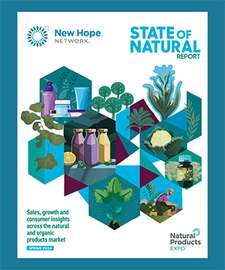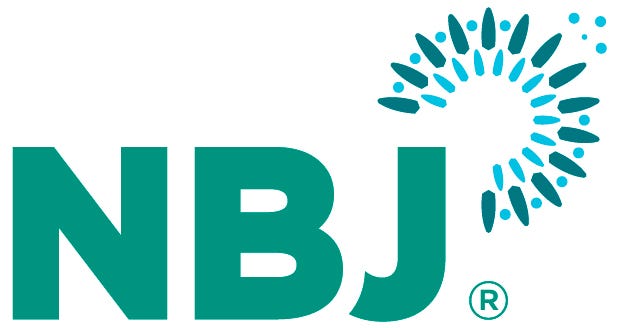
Within the last four years, the average consumer has arguably paid more attention to their general health than in previous years. The pandemic jump-started preventive health for many people. With social media trends and Blue Zone documentaries gaining traction and buzz, consumers are focusing more and more on what they ingest. They’re also becoming more educated on ingredient labels, or do they just have less patience for unpronounceable ingredients?
The natural and organic food and beverage products industry has grown at unprecedented levels the last few years: The biggest wave started in 2020, when the category saw 11.9% growth over the year prior. That’s the biggest recent wave, anyway. It can be argued that the backbone of growth started with USDA Organic certified products that hit shelves back in the 1990s, but the success of this industry relies on consumers valuing what they put into their body and understanding how it impacts life span. Indeed, that was the birth of the industry, long before the harmonization of organic standards.
For New Hope Network’s State of Natural Report, NBJ surveyed more than 1,000 consumers who regularly shop for natural and organic food and beverages and found that 65% started consuming these products within the last five years. Another insight: 56% of respondents said the USDA Organic certification is the most important to them when shopping for products, outpacing all others like Non-GMO and Certified Humane by at least 28 percentage points. This is unsurprising in one sense, as organic, more than any other certification, embodies the principles of the industry. But it’s also news to us, as in previous years we’ve found that the complexity of the organic message resonates less than the simplicity of a messages like non-GMO. Have we hit a turning point? Maybe. In any case, brands looking to understand what these natural shoppers look for in a crowded supermarket and product label, organic seems to be the clear winner.
Take a step back and consider the entire natural products industry—including natural, organic and functional food and beverage products; dietary supplements; natural and organic personal care products; and, lastly, natural and organic household cleaning solutions—saw 12.3% growth in 2020. Of course, double-digit growth is not sustainable in such a large industry and is susceptible to a market correction. With inflation and price increases crippling many consumers the last two years, NBJ estimates the natural products industry will grow only 4.7% in 2023, slightly lower than the 5.0% in 2022. While most of the revenue lift was seen from price increases, we predict 2024 will see higher volume sales. NBJ estimates the natural products industry to surpass $300 billion in 2023, doubling in size from 2013.
Both positive and negative lasting effects from the pandemic are seen in many industries and economies, but for the natural products industry, there’s an encouraging view into the future: the importance of preventive medicine and life span. As consumers become increasingly aware of certain health disrupters, such as ultra-processed foods or personal care products with harmful chemicals, and how they can negatively impact their health, the need for cleaner products is more apparent.

Curious about what else consumers are looking for and prioritizing in their natural and organic products? Check out the 2024 State of Natural Report.
About the Author
You May Also Like





